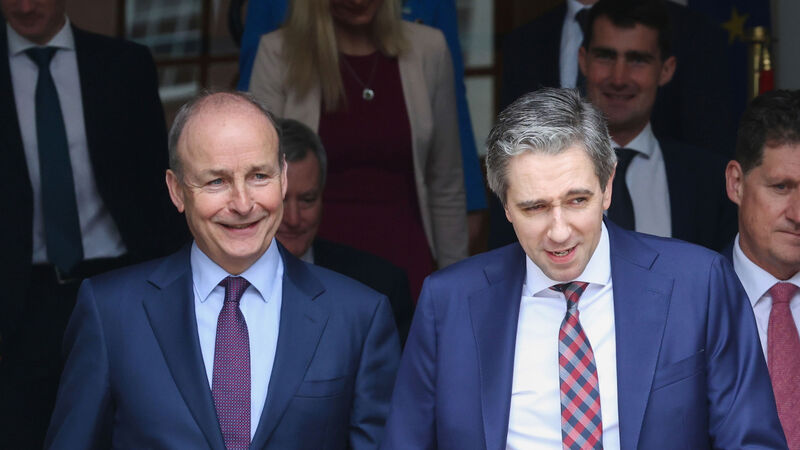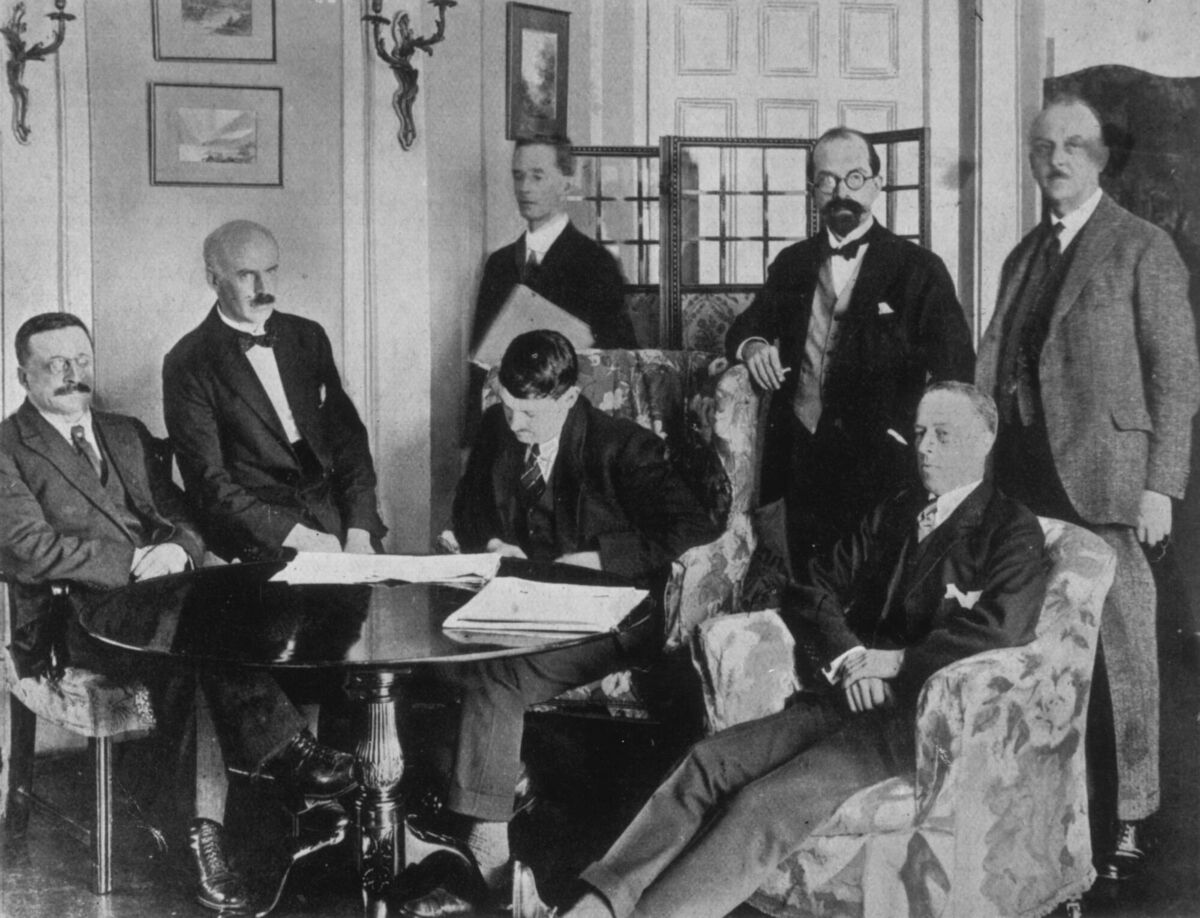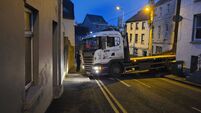Analysis: Fianna Fáil-Fine Gael merger would be political revolution

Taoiseach and Fianna Fáil leader Micheál Martin with Tánaiste and Fine Gael leader Simon Harris. Photograph: Sasko Lazarov / © RollingNews.ie

According to Cork’s Gary Murphy, professor of politics at the School of Law and Government in Dublin City University, there were discussions in the late 1950s between Fianna Fáil and Fine Gael about the possibility of a merger, “but those talks never went anywhere”.
In the current environment, he said, there seemed little likelihood this latest coalition would bring the two Civil War parties any closer to a merger in the short-to-medium term. “I think, one of the lessons from the last government, and certainly the election, is that both parties cherish their history, tradition, and culture, and I don’t see this new coalition changing that any time soon,” Professor Murphy said.
“Certainly, the fact that in five years’ time when this Government runs its course, which, notwithstanding its awful start, we assume will happen, I think internal dynamics in both parties are still strong enough to resist a merger over the next two decades,” Prof Murphy said.
“Having said that, there was the idiotic first week of the last campaign, with the phoney war, with Fine Gael attacking Fianna Fáil, but I’m not convinced any new party would bring the best of the old two together or, with both parties currently getting about 43% between them in the election, I’m not convinced that it would go up, or even remain the same, with one party.”
Cork South Central’s two newest Civil War party TDs showed zero appetite for a merger when asked by The Echo.
Fine Gael’s Jerry Buttimer, elected to Dáil Éireann for Cork South Central in November, and a 17-year Oireachtas veteran, said both parties have distinct identities and ideologies, and it was important that they continued as separate entities.
Mr Buttimer said Alan Dukes, Fine Gael leader from 1987 to 1990, had been criticised for his Tallaght strategy of conditional support for the then Fianna Fáil government, as had Micheál Martin for his confidence-and-supply agreement with the Fine Gael-led minority government of 2016 to 2020, but “both demonstrated that the centre in Irish politics must hold and we do need a government that will deliver, and can act responsibly and implement policies that will ensure we have a country that is equitable and fair”.
Mr Buttimer said the electorate was now used to the idea of coalition governments.
“I do believe, however, from a Fine Gael perspective, that it’s important that we stand independent as a (centrist party), and that we continue to be a pro-enterprise, pro-jobs, pro-employment, pro-Europe party that puts people at the heart of what we do,” he said.
A first-time Fianna Fáil TD for Cork South Central, Seámus McGrath, also said he did not believe the two parties should amalgamate.
“Clearly, we’re both centre-ground parties, I would argue that Fianna Fáil is slightly left of centre, Fine Gael is slightly right of centre. Clearly, we have different approaches — you only have to look at the election manifestoes to see that — but, obviously, we are both centre-ground parties that can work well together in government.
“I do believe that it is absolutely for the benefit of politics and democracy in this country that both parties should stay distinct entities,” Mr McGrath said.







 App?
App?





